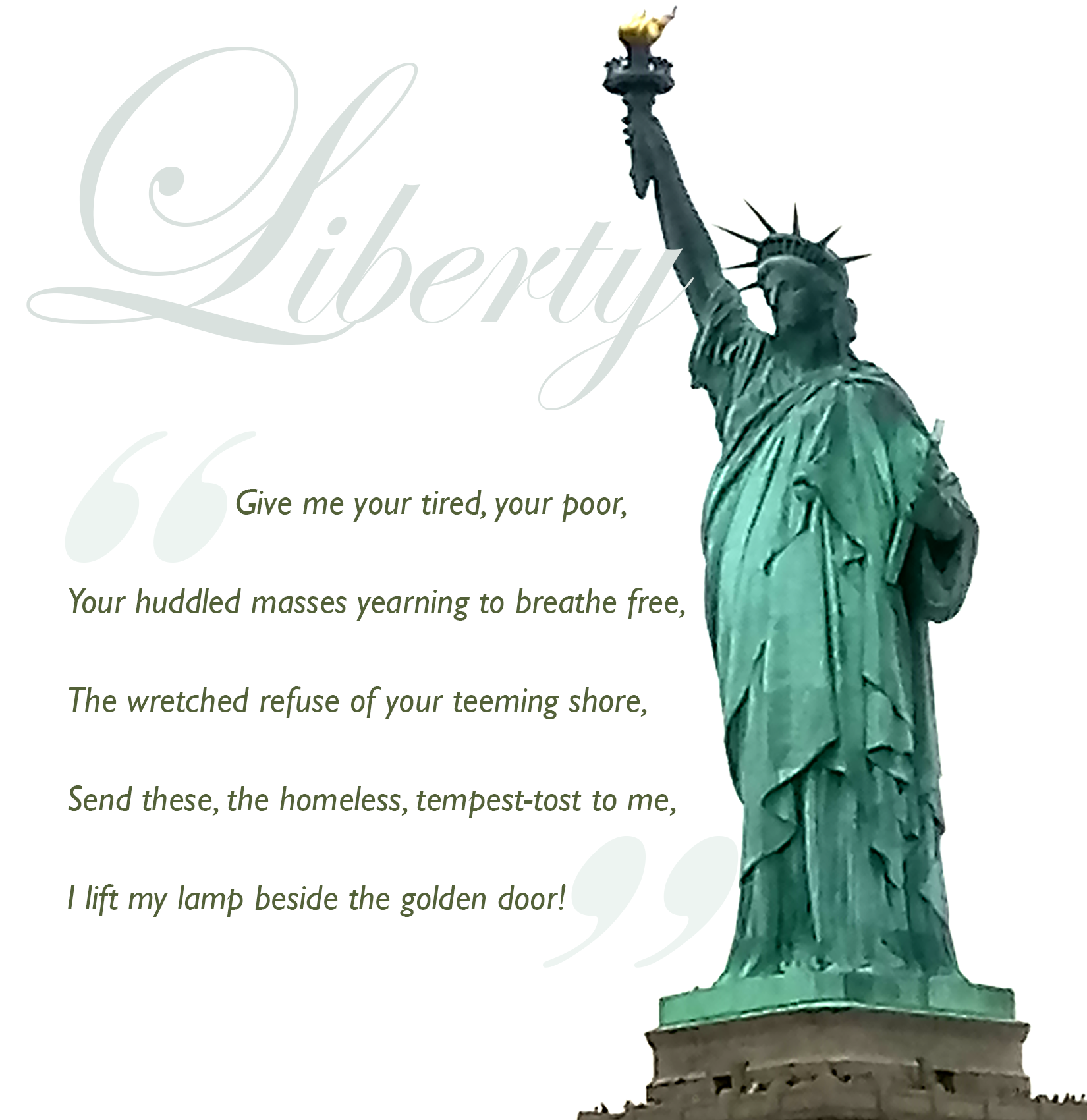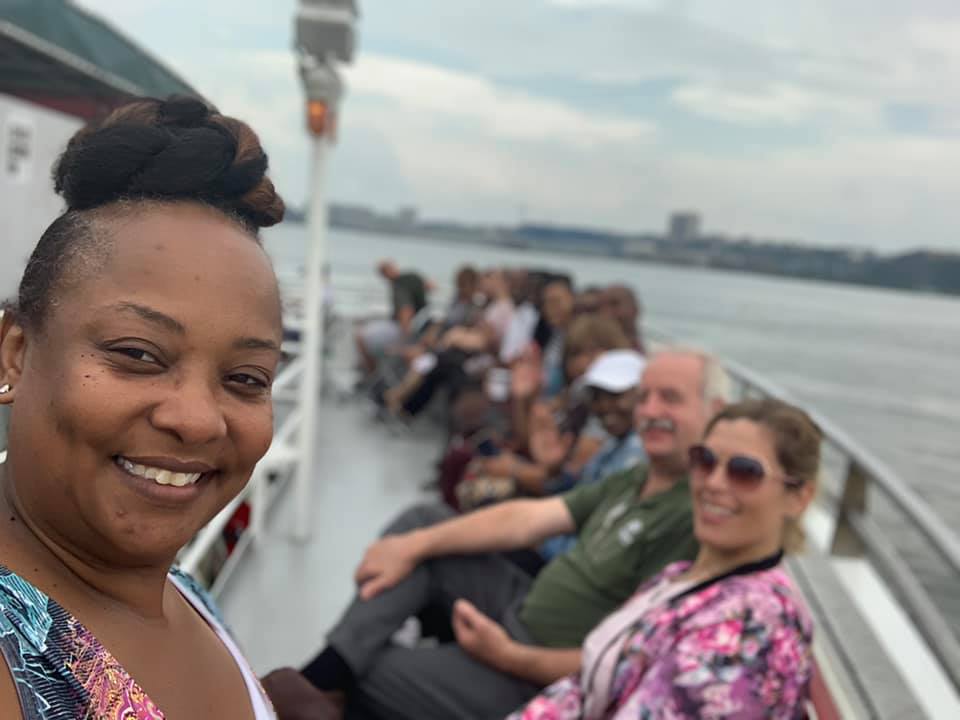What does equitable and sustainable development in Detroit look like?
.
What does it look like IF “all people in every neighborhood in the city of Detroit live, work, and engage in healthy, thriving, sustainable and inclusive communities” is our vision?
A few of my colleagues and I visited New York City (NYC) this past summer with this vision in mind. I observed five key strategies operating in each organization we visited in NYC. I believe these strategies are fundamental for equitable and sustainable developments to occur. The strategies are based on five pillars that together provide a framework for planning and execution:
- Collaboration
- Organizing
- Planning
- Policies
- Capital
All of these pillars were evident by strategies deployed, in some form or another. And, they were pivotal to each of the organizations and sites visited. At least one of these pillars were not only evident, but at least one was an enormous strength catapulting the organization towards its quest for equitable and sustainable developments. However, it was clear to me by the end of my journey that cross-sector collaborations that combine strategies across these five key pillars would have enormous impacts on co-creating equitable sustainable communities that thrive for all in Detroit!
My conclusions that these five strategies provide a framework for planning and execution of equitable and sustainable developments are based on lessons learned and my observations — both pro and con. For context, vision if you will arriving on a boat in the rain to the Statue of Liberty as a symbol of welcome…

Well, it seems NYC has forgotten the values and principles upon which America was founded, and instead has taken capitalism to new heights — very little land or places to call home for not only the poor, but the every day working class too. And, under this current administration, it is sad to think that America has forgotten the country’s foundational values and principles — but I digress. That’s another post: VOTE!!!
Detroit is rebuilding and that’s great history making news. But, gentrification and displacement fears are real for many neighborhoods as we explored in our article “Gentrification and Displacement: A Real Threat in Islandview.” But, the view of unchecked capitalism in NYC, illustrated the importance of being intentional and planning for equitable development or else NYC woes today is a vision of Detroit tomorrow — no place to call home!
.
Collaboration, Organizing, Policies & Capital
at Work in NYC.
All eight of the organizations and sites visited had one thing in common: a quest for equitable and sustainable developments. It became clearer and clearer to me that if organizations align together on this one common vision they in fact could move mountains. I believe organizations that collaborate and organize people around a common visions can attract capital and change policies. Here’s a brief snapshot of my observations.
The JOE NYC
The JOE NYC (Joint Ownership Entity) is a joint venture between NYC community development organizations as a strategy to manage assets that also addresses multiple capital and sustainability challenges. The JOE NYC improves each member organization’s competitive position for deals and provides a pathway for each member organization’s long-term sustainability. The ability for members to come together – collaborate – is fundamental. Members retain their unique individuality and place-based focus, but can also leverage the collective financial power of all members to bid on RFPs and secure resources for the communities they serve and beyond. In short, The NYC JOE structure includes the protection community land trusts provide for permanent affordable land and/or property; the power of collaboration for advocacy; and the financial leverage of a combined balance sheet that enables members to compete with for-profit entities in a very capitalist-driven environment.
Habitat for Humanity New York City
Habitat for Humanity New York City‘s goals are to “help whom you can and plan for long-term sustainability” states Karen Haycox, the chief executive officer. The focus is on helping a particular class of people (willing, able, & qualified) at or above 50% AMI. In addition to the sweat equity affordable housing target population, Habitat NYC has been approved as a CDFI and can now assist organizations whose target is providing housing at the 40% AMI and below levels for a small fee. Advocating for policies and/or policy changes played a significant role towards achieving gains for the target population In short, organizing is fundamental and the CDFI is a sustainability strategy for the organization while the access to capital strategy allows Habitat to indirectly help the most vulnerable populations outside its target as best it can.
Cooper Square Community Development Committee and Business Development Association
I truly admired the grassroots organization, Cooper Square, and its efforts to welcome new development, but without displacement. Organizing, organizing, organizing is critical and was used to develop a community-driven plan that leveraged existing affordability policies and a community land trust to protect affordable of units for a lifetime. On-going strategic planning is important to conduct power analyses; organize, educate and advocate; and negotiate and secure public resources to continue with the implementation of the community plan. Youth organizing proved to be beneficial for succession planning as one of the youth now holds a leadership position. These tactics were recently instrumental in getting new laws on the book that closed loop holes rent regulation policies. For this organization, the use of scattered site community land trust provided the pathway to permanent affordability, however, the lack of capital stunted its growth to protect the entire neighborhood from gentrification, but at least 1 commercial block (4th Street) and several units have retained the culture and affordability for both residents and local businesses for years to come.
Neighborhood Housing Services
The housing crash hit many non-profit housing developers hard. Some no longer have assets, many closed their doors, but while Neighborhood Housing Services no longer engages in real estate development, it has strengthened its housing services. It chose a risk avoidance strategy rather than a tolerable risk level business model as a reactionary capital strategy. I believe it was the correct programming strategy given the steep humanitarian needs and inequality so very prevalent in NYC as well as the dynamics associated with scarcity.
Association of Neighborhood & Housing Support | Center for NYC Neighborhoods
The collaboration between Association of Neighborhood & Housing Support and the Center for NYC Neighborhoods was uniquely positioned to support advocacy — organizing and policy changes. SNHS conducts research and training and distributes reports to equip its constituents with data-driven information for decision making actions. Both organizations focus heavily on policy, education and advocacy. I believe this type of under girding and connecting is fundamental. It was pretty clear that the successes NYC has made in terms of rent controls in its quest to end displacement; fight for affordable housing; and at the end of the day sustainable equitable developments were a direct result of what is often referred to as technical support. These learning environments are catalyst for coalition building that moves mountains.
.
Equitable Development Projects?.
The High Line was one of two project sites visited. This project proved that innovative reuses of infrastructure to create open green spaces will spur other developments; and therefore intentional pre-planning is required to ensure equitable developments occur in the surrounding area,and intentional programming is required to continuously engage the community to prevent displacement — be inclusive on purpose. The managing organization believes spaces and places are needed to share lessons learned to make continuous improvements towards achieving equitable developments. Here again it was evident that mission-driven organizations must also identify avenues for self-sustainability.
The Brooklyn Bridge Park (our second project site) preserves spectacular skyline views of the city for the public and is an excellent example of an equitable use of PILOT to sustain the massive 85 acre waterfront park for community. The site consisted of what appears to be a healthy balance of general public open space, commercial, office and luxury hotel uses as a financial model for sustainable equitable developments.
.
In conclusion, I think organizations that collaborate and organize people around a common vision can attract capital and change policies. But, being intentional is pivotal. Intentionally organizing a cross-sector of organizations willing to align resources towards planning, implementing and sustaining developments that are equitable across neighborhoods is fundamental and achievable. Detroit has an opportunity to make history once again as an…
Sustainable Equitable City!

